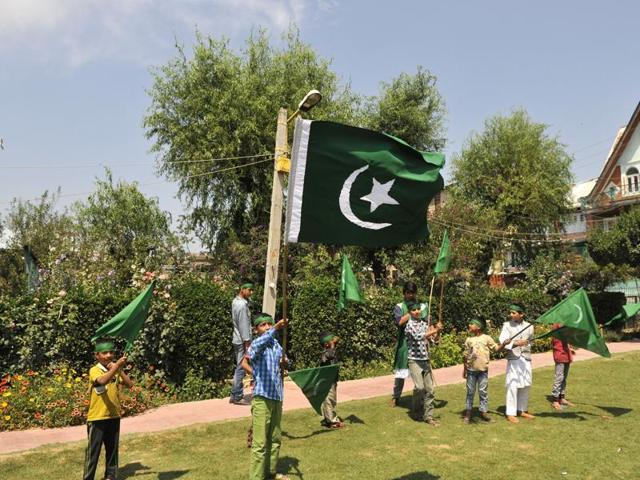Kashmir unrest: India and Pakistan have no option but to talk
Looking at the pattern of violence in the Kashmir Valley, there is now little doubt that the impetus is coming from Pakistan.
After a day of relative quiet, violence returned to the Kashmir Valley on Independence Day, when militants killed a CRPF officer and injured some troopers. Not since 2010 has Kashmir had a worse background to Independence Day than this year, with India-Pakistan relations are turning frostier almost each day. Following the killing of Burhan Wani, the militant commander of the Hizdul Mujahideen, the Valley went into a period of bloody unrest, which snuffed out about 40 young lives. On August 14, there were reports of the hoisting of the Pakistani flag at several places, giving enough provocation to the security forces to fire at the separatists. However, the forces observed restraint this time. While this will not deter the extremists among the separatists in their work, the moderates will have less reason to complain about the high-handedness of the strong arm of the law.

Read: Tricolour falls during CM Mufti’s I-Day event in Srinagar, probe ordered
Looking at the pattern of violence in the Kashmir Valley, there is now little doubt that the impetus is coming from Pakistan. Hence a period of lull in militancy does not mean sustained peace. It can only mean that groups causing violence are regrouping and reorganizing themselves before the next strike. And as the main source of violence is on the other side of the border, little headway can be made by talking to the separatists in the Valley in terms of controlling violence. Whatever the pretence the Hurriyat chooses to keep up, it cannot stop violence even if it wishes to. So to put an end to the killings, India and Pakistan have no option but to talk.
Read: Days after India’s rejection, Pakistan offers talks on Kashmir again





